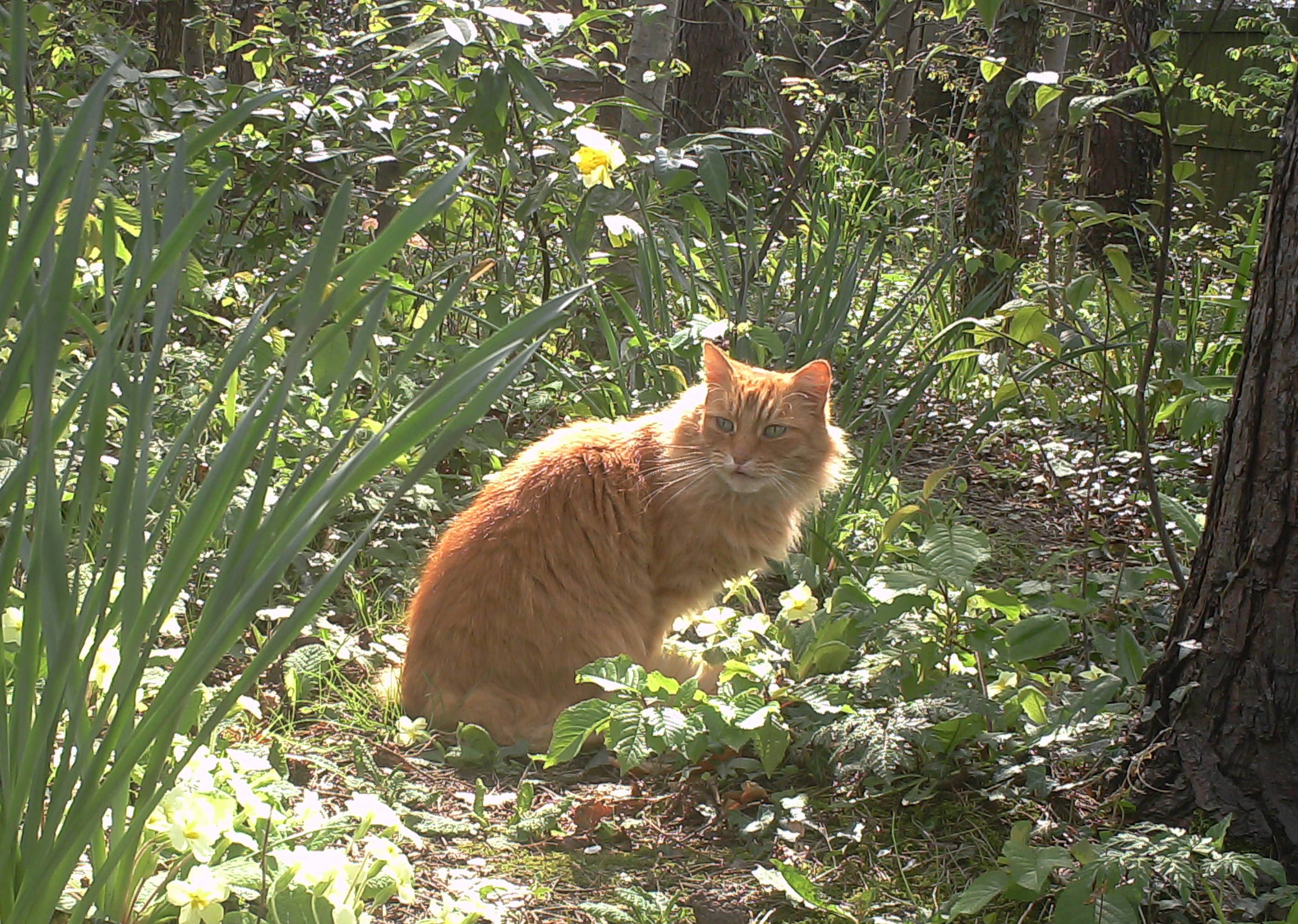When you click "Start spotting", you will be shown a set of 8 image sequences or videos to classify. Use the species lists provided to classify the species captured in the images. At the end, you will be shown your score for agreement with our 'experts', as well as the sequences on which you agreed or disagreed with the experts.
Remember: sequences devoid of wildlife are an inescapable reality for camera trappers, so don't assume that every image contains a species of interest. Otherwise, all sequences should contain a wildcat, wildcat-domestic hybrid, or domestic cat. If they don't, please let us know ... even experts are wrong some of the time - so use the "Challenge" button on the Results screen to flag up possible errors!
As you might be aware, wildcats are greatly affected by genetic introgression (i.e., genes introduced from breeding with domestic cats, leading to a loss of those genes that adapted wildcats for life in the wild and gave them their characteristic appearance). Cats affected by hybridisation are highly variable in their colouration: some that are quite pure wild cats look very unlike wildcats, owing to small numbers of genes that have a big effect on colouration; some cats that carry many domestic cat genes can actually appear very like wildcats. Consequently, identification based on coat patterns is a very inexact science. Here, being 'right' or 'wrong' merely indicates how close you got to the cautious designation of the Scottish Wildcat Action team, based on classic indicators of wildcat appearance.


 English (United Kingdom)
English (United Kingdom)  Czech (Čeština)
Czech (Čeština)  Nederlands (nl-NL)
Nederlands (nl-NL)  Magyar
Magyar  Deutsch (Deutschland)
Deutsch (Deutschland)  Croatian (Hrvatski)
Croatian (Hrvatski)  Polski (PL)
Polski (PL)  Español (España)
Español (España)